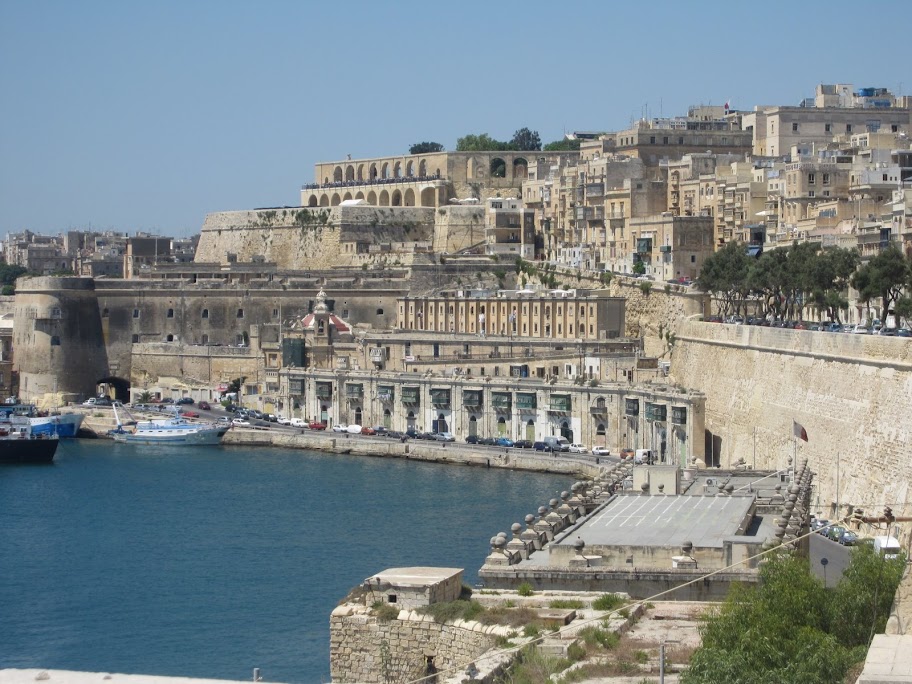
I hadn’t read any of Richard Branson's books before but “Business Stripped Bare - Adventures of a Global Entrepreneur” was recommended to me via a lecturer in business and entrepreneurship so I figured it was worth a look. I didn’t really know much about the Virgin business other than the fact that they seem to be in everything including transport (planes, train), finance (credit cards, banking), communication (mobile phones, wireless broadband). I’ve experienced the Virgin Blue airline and I also use Virgin's Wireless Broadband at home. Both services seem good value to me despite some frustrating broadband flakeyness now that I'm living back in the burbs but the one thing that strikes me about Virgin is how strong the brand really is. As pointed out in the book, successful companies generally pick something that they do really well, make it core to their business, and focus on it. Coke focuses on drinks, Adidas on sports, Oracle on software. Virgin focuses on a consistent customer experience across all businesses – youthful, vibrant, different, and inexpensive. Like them or not, the ability to apply this brand successfully across so many markets is an achievement. This book gives you Richard’s take on people, brand, delivery, mistakes and setbacks, innovation, leadership and entrepreneurship, responsibility and success. Within each topic Richard weaves in successes and war stories from his early teenage days setting up the mail order record business, to founding the creation of ‘the elders’. Overall, it’s worth a read and by the end of it, Richard has done more of what he does best - build the Virgin brand. Here's some of my notes:
People
- Get good people, let them think for themselves - their conscience is the greatest taskmaster so don’t control them, give them more responsibility
- Your brand should reflect who you are and what you promise to deliver. Never pretend to be more than you are.
- Consistent delivery is the only way to control your brand.
- Success one day doesn’t buy you a free lunch for life. Delivery is endless and must be capable of adapting to the needs of a rapidly changing business world.
- Focus on attention to detail and communication of everything you do to your people and your customers.
- Don’t be afraid to ask naive questions. Focus on questions from the customers perspective.
- People don’t want the best quality, they want good enough quality. If they wanted the best quality Beta would have been the mainstream, not VHS.
- Never do anything that means you can’t sleep at night
- Protect your reputation, but never be afraid to make mistakes.
- Always have a disaster protocol. If something goes wrong respond quickly and personally.
- The best way out of a down-turning market is through adaptation and experimentation
- Luck is essential, but everyone has about the same amount of luck, not everyone is prepared to act when they are lucky
- Entrepreneurship is not about working yourself into the ground, it’s about turning what excites you into capital.
- "The brave may not live forever, but the cautious do not live at all"
- It’s possible to turn a profit and make the world a better place through ‘creative capitalism’ – servicing both wealthy and poor
- Social issues will impact your business, don’t ignore them and invest in researching them.
- People aren’t interested in what you are bad at and it shouldn’t interest you either.
- The definition of success is “if you’ve created something that you are proud of”.
























